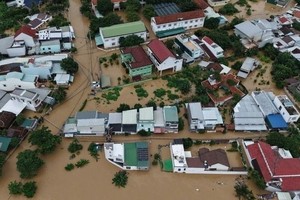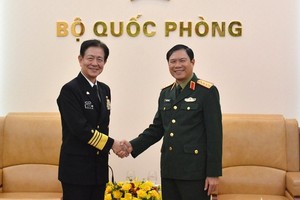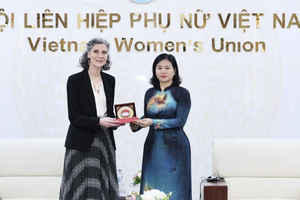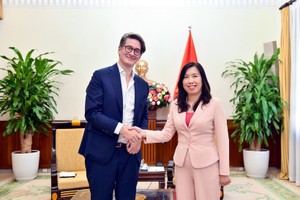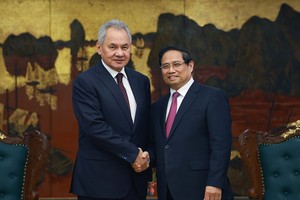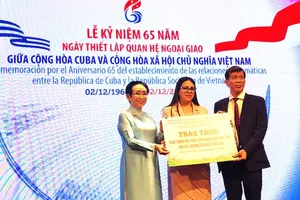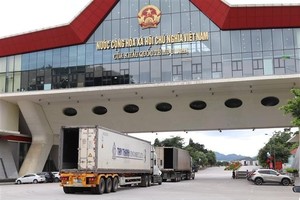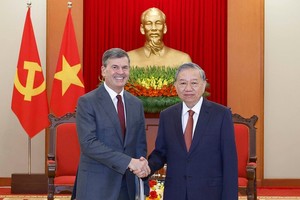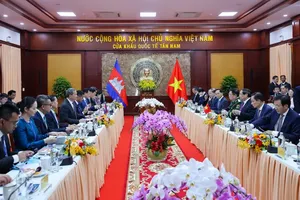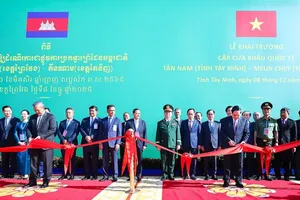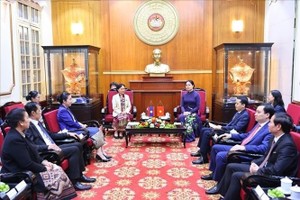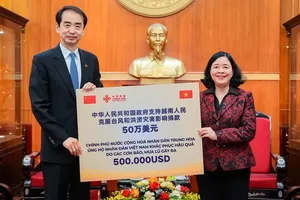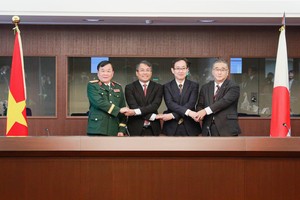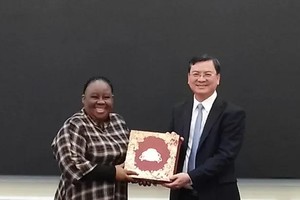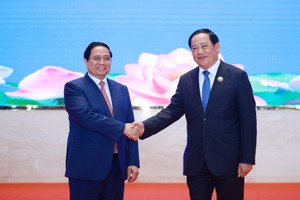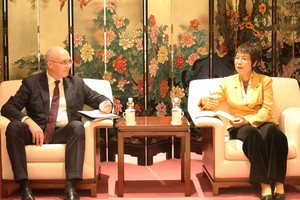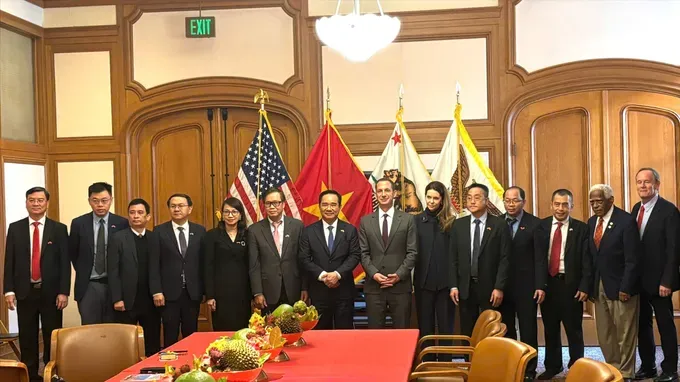
On the afternoon of October 16 (local time), a delegation from Ho Chi Minh City, led by Chairman of the People’s Committee Nguyen Van Duoc met with San Francisco Mayor Daniel Lurie in California.
Welcoming the delegation, Mayor Lurie noted that San Francisco is home to over 2,000 startups, attracting around 60 percent of the state’s venture capital. He emphasized that the sister-city relationship between San Francisco and Ho Chi Minh City has become a key channel for cooperation in innovation, digital transformation, and climate resilience which are vital to both cities’ growth.
Mayor Lurie also shared that San Francisco welcomes 22 million tourists annually. There were 600,000 Americans who visited Vietnam in the first nine months of 2025. With four direct flights each week between the two cities and a vibrant Vietnamese-American community of 11,000 residents, he said cultural, tourism, and business exchanges have great potential to flourish.
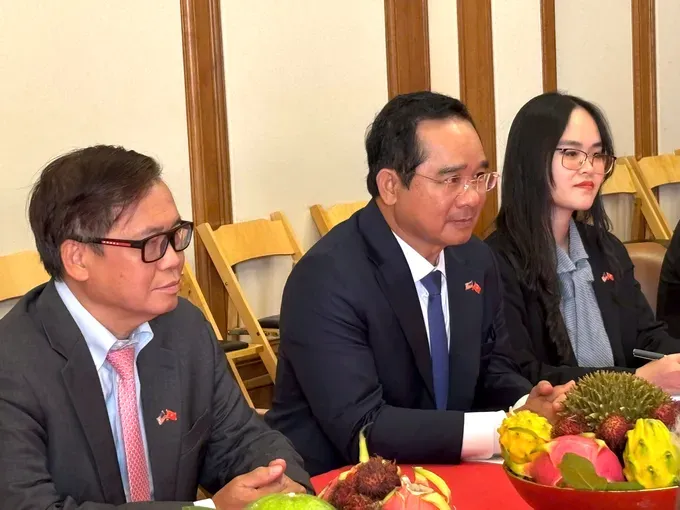
Chairman Nguyen Van Duoc underscored the significance of this meeting as Vietnam and the U.S. mark 30 years of diplomatic relations. He noted that Ho Chi Minh City’s recent territorial expansion and abundant human resources position it as a promising destination for American technology companies, particularly those based in San Francisco.
According to the Chairman of the People's Committee of Ho Chi Minh City, the effectiveness and substance of the bilateral relationship between Vietnam and the United States have achieved remarkable milestones.
From a modest trade turnover in 1995, this figure has surged nearly 300 times, reaching US$155 billion by 2025. Cooperation has also expanded into strategic areas, with the United States being one of the leading foreign direct investors and a key partner for Vietnam in science and technology, education, innovation, climate change response, and energy transition. Chairman Nguyen Van Duoc hopes that San Francisco will continue to work closely to enhance the relationship between Ho Chi Minh City and San Francisco specifically, and between Vietnam and the United States more broadly.
On the same day, in San Francisco, Chairman Nguyen Van Duoc and the delegation had a working session with Stanford University and witnessed the signing of a Memorandum of Understanding (MoU) between the National University of Ho Chi Minh City and the Doerr School at Stanford University.
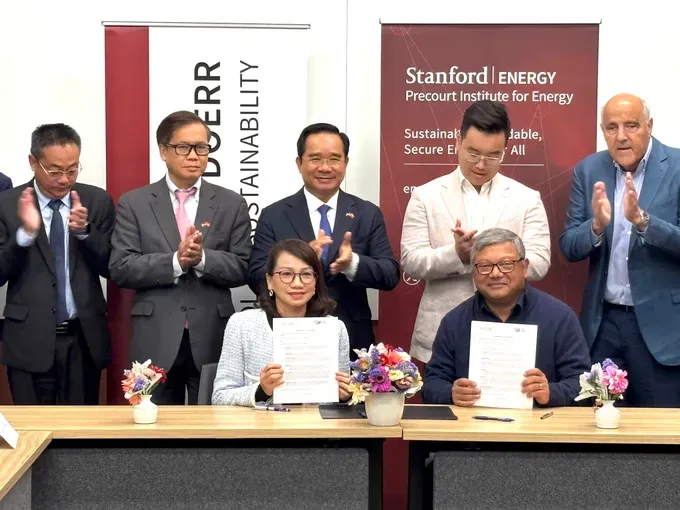
According to the MoU, the National University of Ho Chi Minh City and the Doerr School at Stanford University will collaborate in the fields of sustainable development, climate change mitigation, and environmental protection.
Since 2006, Stanford University has produced thousands of company founders, surpassing nearly all other universities. The companies established by Stanford alumni have generated revenues in trillions of US dollars and created millions of jobs worldwide.
Impressed by Stanford University's achievements, Chairman Nguyen Van Duoc stated that Ho Chi Minh City space has been expanded. The city's breakthrough development can't be separated from the collaboration with top global knowledge, and Stanford University is the ideal partner. He expresses confidence that the Vietnam National University in Ho Chi Minh City and the Doerr School at Stanford University will work together to develop high-quality training programs. It is hoped that this will become a solid bridge of knowledge and technology between Silicon Valley and Southeast Asia.
